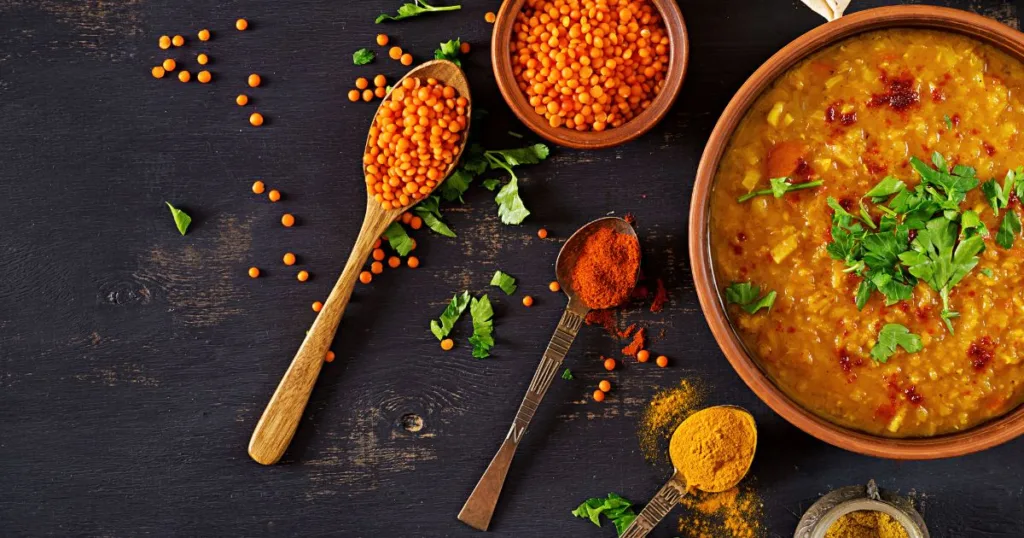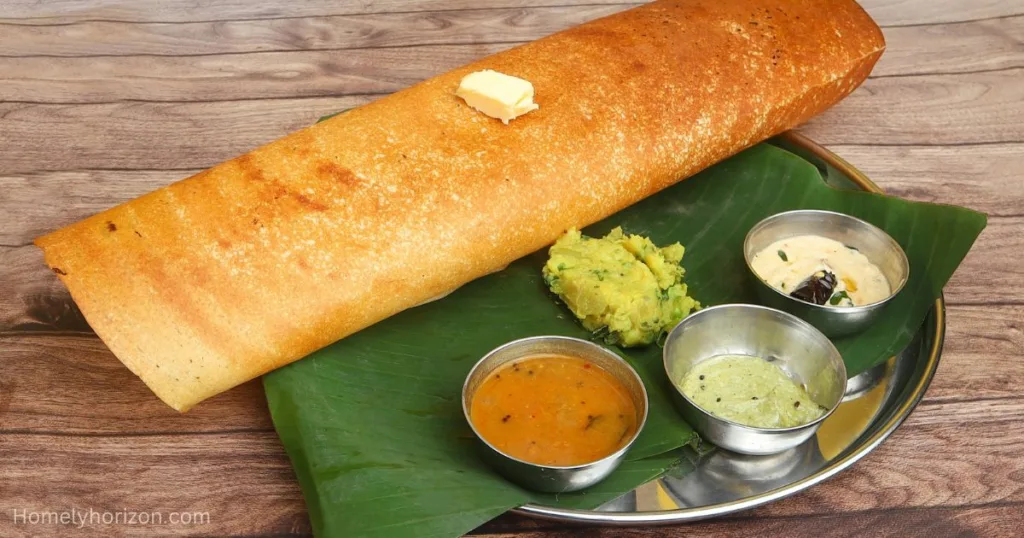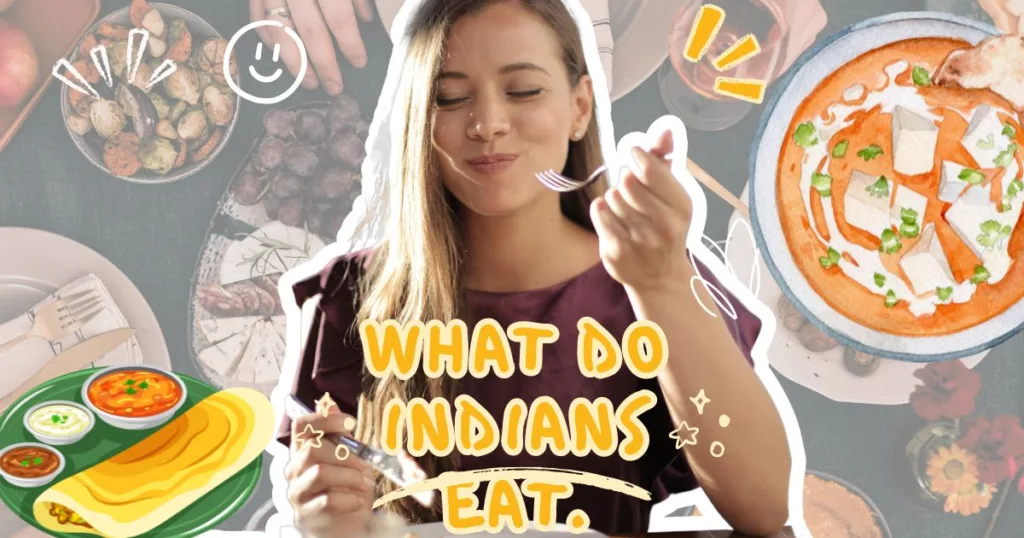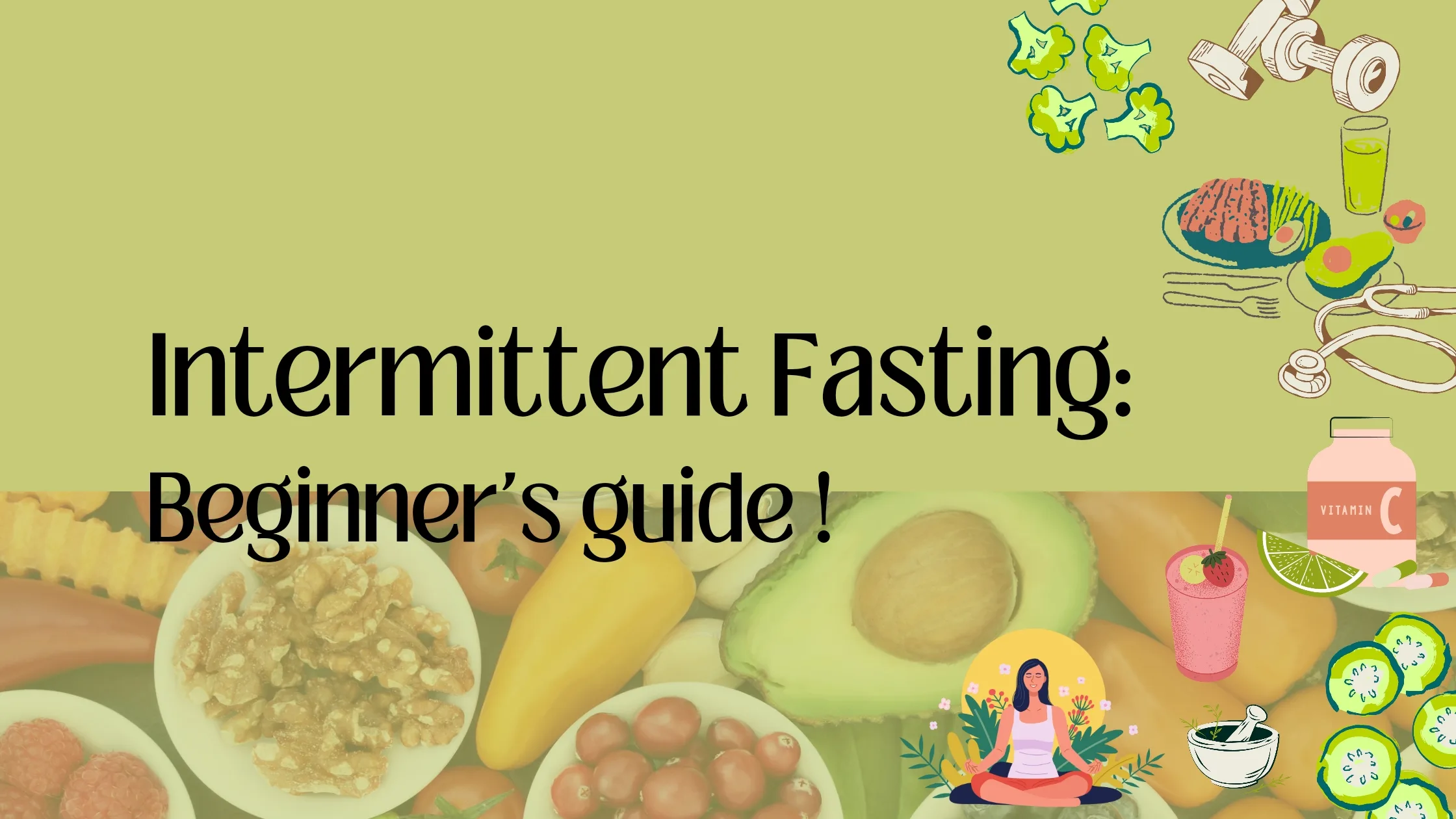Indian vegetarian food stands out as a cornerstone within this intricate mosaic, having been deeply rooted in the Indian subcontinent’s cultural content. Indian vegetarian food is more than just a diet; it’s an ideology with roots in ancient thought and spiritual traditions. It has evolved beyond food preferences to become a way of life that is cherished in many cultures.
The variety of vegetarian Indian food enchants the taste buds and satisfies the spirit, whether it is enjoyed on the busy streets of Delhi or along the tranquil beaches of Kerala. With its traditional Indian flavors, each dish of Indian vegetarian food invites you to embark on a sensory voyage via culinary talent, innovation, and legacy. There are a variety of vegetarian Indian foods that have got global recognition and are being relished by people from around the globe.
Table of Contents
List of Vegetarian Indian Foods (dishes)
- Paneer butter masala
- Dal tadka
- Masala dosa
- Samosas
- Aalu chaat
- Lassi
- Palak paneer
- Malai kofta
- Rice
These are the major names in the list of popular vegetarian Indian dishes that are globally known. Dive into the complex maze of Indian food and discover a world of flavors, textures and customs through your culinary journey.
Paneer butter masala: A flavorful delight

The original paneer butter masala, also called paneer makhani dish, is said to have been invented in the 1950s in the renowned Moti Mahal restaurant in Delhi, for the British community who loved Indian vegetarian food with high protein but could not manage the spice. The origins of Paneer butter masala, a vegetarian desi food can be found in India’s rich culinary tradition and is the topper of best vegetarian Indian dishes. It is an essential component in North Indian food, which is renowned for its flavorful and rich dishes.
Ingredients required
- Two large tomatoes,
- A minced one-inch piece of ginger,
- Two cloves of garlic,
- Two hundred grams of paneer i.e. Indian cottage cheese,
- Two tsp butter,
- A single tsp of oil,
- One tsp of seeds from cumin,
- One tsp red chilli powder,
- One tsp garam masala,
- One tsp powdered coriander,
- Half a teaspoon of powdered turmeric,
- 30 minutes of soaking of 1/2 cup cashew nuts,
- One and a half cups cream,
- Salt and
- Fresh coriander leaves as a finishing touch.
Preparation Method
- In a pan, heat the oil over medium heat. Split the cumin seeds after adding them.
- Add the chopped onions and cook until they begin to turn brown.
- Grated ginger and minced garlic are added.
- Cook until the raw smell is gone, about one more minute.
- Add the chopped tomatoes simmer and cook till the tomatoes get mushy and the oil begins to separate.
- Allow the mixture to cool before blending it into a paste-like consistency.
- Melt butter in a very similar pan.
- Cook for a few minutes after adding the combined tomato-onion paste.
- In the meantime, use minimal water to grind the soaked cashew nuts into a smooth pulp.
- Mix thoroughly after adding the cashew paste to the pan.
- Stir in the salt, turmeric powder, coriander powder, red chilli powder and garam masala.
- Mix everything.
- Add the cream and stir until well combined.
- After adding the cubed paneer, simmer for five to seven minutes to let the flavors combine effortlessly. Serve hot with naan, rice, or roti and garnish with fresh coriander leaves.
Paneer butter masala, the king of Indian vegetarian dishes, has a prominent role in the worldwide food market. Due to its rich flavors and creamy texture, it has become a global favorite among foodies. Due to its adaptability, this dish may be made to suit a wide range of dietary requirements and cultural preferences, which adds to its enormous appeal. Paneer butter masala, which can be found in Indian restaurants worldwide, acts as a culinary ambassador by introducing visitors to the true tastes and customs of Indian cuisine and meeting the increasing need for vegetarian options.
Dal tadka

Dal was once considered a special food for festivities, despite being an everyday dish nowadays. The first recorded wedding feast to serve tadka dal to guests was Chandragupta Maurya’s in 303 BC, according to folklore. Dal is the root word for lentil, while tadka is the word for tempering. In Indian cookery, the term “tadka” (or “chaunk” in Hindi) refers to the process of seasoning a meal. Indian vegetarian food with high protein can never be complete without dal.
Ingredients required
- 1 cup yellow lentils (toor dal),
- 3 cups water,
- 1 medium-sized tomato (finely chopped),
- 1 onion (finely chopped),
- 2-3 green chilies (slit lengthwise),
- 3 cloves garlic (minced),
- 1-inch piece of ginger (finely chopped),
- 1 teaspoon cumin seeds,
- 1 teaspoon mustard seeds,
- 1/2 teaspoon turmeric powder,
- salt to taste,
- 2 tablespoons ghee (clarified butter) or oil,
- fresh coriander leaves for garnish,
- lemon for serving (optional)
- For Tadka (Tempering) – 2 tablespoons ghee (clarified butter) or oil,
- 1 teaspoon cumin seeds,
- 2-3 dried red chilies,
- a pinch of asafoetida (thing),
- 4-5 garlic cloves(sliced),
- 1/2 teaspoon red chili powder (optional)
Preparation Method
- Rinse the lentils (toor dal) well under running water until the water becomes clear.
- Rinse the lentils and add the water, chopped onion, tomato, green chilies, minced garlic, chopped ginger, cumin, mustard, turmeric powder and salt to a pressure cooker.
- Once the lentils are soft and mushy, simmer the dal over medium heat for around 4–5 whistles.
- Open the cooker and give the dal a thorough stir after the pressure releases naturally. You can thin down the dal by adding a little boiling water.
- Make the tadka (tempering) in a separate small pan.
- Heat oil or ghee over a medium heat.
- When the cumin seeds are added, watch them sputter.
- Add asafoetida, sliced garlic cloves, and dried red chilies after.
- Saute the garlic until fragrant and golden brown.
- For extra spiciness, you can optionally top the tadka with red chili powder.
- Stir thoroughly after adding the cooked dal to the prepared tadka.
- Add some freshly cut coriander leaves as a garnish.
- Serve hot with lemon wedges for an additional tart taste (optional) with steaming rice or Indian bread (roti).
- Your flavorful and comforting Dal tadka is ready.
Given its representation of the very core of Indian culinary culture, Dal Tadka commands a substantial value in the world food market. All types of tastes are delighted by its delicious combination of lentils, spices, and subtle aromatics.
In addition to being an integral component of Indian cooking, Dal Tadka is now a well-liked vegetarian Indian dish that provides customers looking for wholesome, tasty meals with a satisfying and nourishing option. The widespread acclaim for vegetarian culinary customs and the need for real Indian flavors are both highlighted by its appeal.
Masala Dosa: South Indian culinary gem

Nestled in the Indian state of Karnataka, the gorgeous city of Udupi is where the interesting history of Masala Dosa begins. This is where the origins of this cherished meal may be traced back to a pioneering Brahmin cook named Adiga, who possessed a daring spirit. He started rice to ferment in an attempt to mimic the brewing process’ fermentation process.
Although the results were not what he had anticipated, he poured the fermenting concoction onto a hot griddle. He had no idea that this culinary endeavor would result in a work of art. The dosa was born when the batter sizzled, spread, and crisped into a thin, golden crepe. A well-made dosa should have a flavour and texture balance that is subtle. Today masala dosa comes as a popular vegetarian Indian dish which can make your mouth water instantly.
Ingredients required
For dosa batter:
- 1 cup regular rice (sona masuri or any short-grain rice),
- 1/2 cup urad dal (split black gram),
- 1/4 cup chana dal (split chickpeas),
- 1/4 teaspoon fenugreek seeds,
- water for soaking and
- salt to taste
For masala filling:
- 3-4 medium-sized potatoes (boiled and mashed),
- 1 onion (finely chopped),
- 2-3 green chilies (finely chopped),
- 1/2 teaspoon mustard seeds,
- 1/2 teaspoon cumin seeds,
- a pinch of asafoetida (hing),
- ½ teaspoon turmeric powder,
- 1 tablespoon oil,
- salt to taste and,
- fresh coriander leaves for garnish
For Dosa:
- Ghee or oil for cooking
Preparation method

Preparation of Dosa Batter:
- After giving rice, urad dal and chana dal a good wash, soak each in water for five to six hours.
- Using a blender or wet grinder, grind the soaked rice into a paste.
- Move to a large bowl.
- Blend the fenugreek seeds and soaked urad dal into a light and airy batter.
- Transfer it to the bowl with the rice batter.
- After completely combining both mixtures, add salt and mix again.
- The consistency of the batter should be pourable. Let it ferment in a warm location for eight to ten hours or overnight.
Preparation of Masala Filling:
- In a pan, heat the oil.
- Add cumin and mustard seeds.
- Let them splutter a little.
- Add the green chilies and sliced onions.
- Saute onions until they become transparent.
- Add the mashed potatoes, asafoetida and turmeric powder.
- Blend thoroughly.
- Allow the mixture to cook for a few minutes to allow the flavors to meld.
- To taste, add salt.
- Add chopped coriander leaves as a garnish.
- Take off the heat and set aside.
Making Masala Dosa
- On medium heat, preheat a nonstick dosa tawa.
- To make sure it’s hot enough, once it’s hot, sprinkle a few drops of water on it.
- A ladleful of dosa batter should be poured into the center of the tawa.
- Form a thin layer of batter by spreading it with the back of the ladle in a circular motion.
- Pour ghee or oil into the middle of the dosa as well as around its edges.
- Put some of the prepared masala filling in the center of the dosa after the edges begin to crisp up and turn golden brown.
- Roll up or fold the dosa into a semicircle.
- Warm up and serve with sambar and coconut chutney.
The combination of flavors, textures and cultural importance of masala dosa is what makes it so popular in the world of food. This popular Indian vegetarian dish, which has its origins in South India, has captured preferences all over the world and gained recognition in international culinary circles. Due to its crispy outside, flavorful mash inside and fragrant spices, it has become a popular dish at restaurants, food festivals and homes all over the world. The ability of masala dosa to please flavors and cross boundaries highlights its continuing significance in forming and exhibiting the diversity of international cuisine.
In terms of cuisine, vegetarian Indian foods are colorful flavors and cultural ambassadors that captivate gulps around the globe. Every dish reflects a story of culinary skill and cultural diversity, from the velvety comfort of paneer butter masala to the crunchy enticement of masala dosa.
We invite you to savor a symphony of flavors and fragrances as we embrace the essence of the major Indian vegetarian food. Come along on a culinary voyage through India’s vibrant spice markets where each dish hints at a legacy and a modern twist, inviting you to experience the wonders of vegetarian cuisine.
Also Read: 10 Lip-Smacking Traditional Foods Of Odisha You Shouldn’t Miss On!










One Response
Big fan of all the three dishes😃